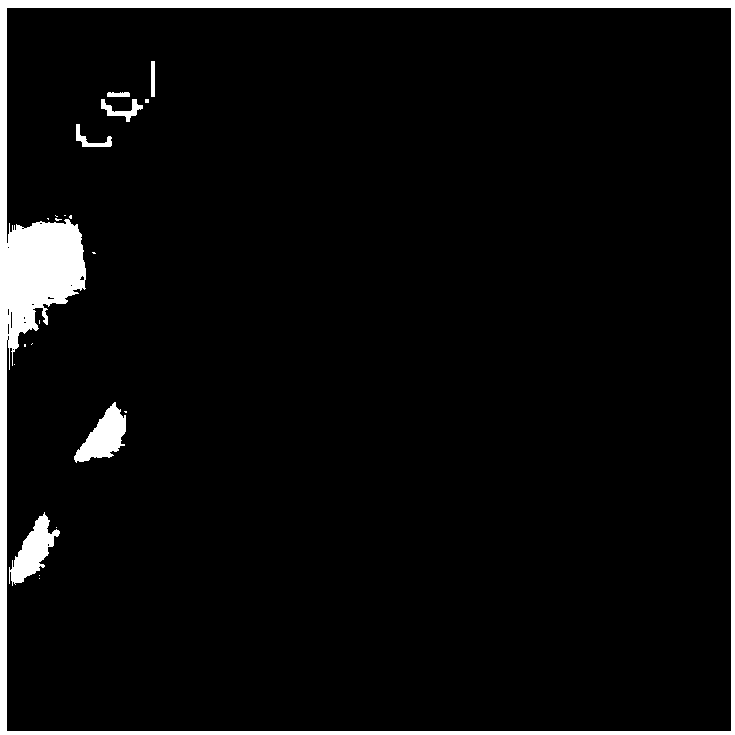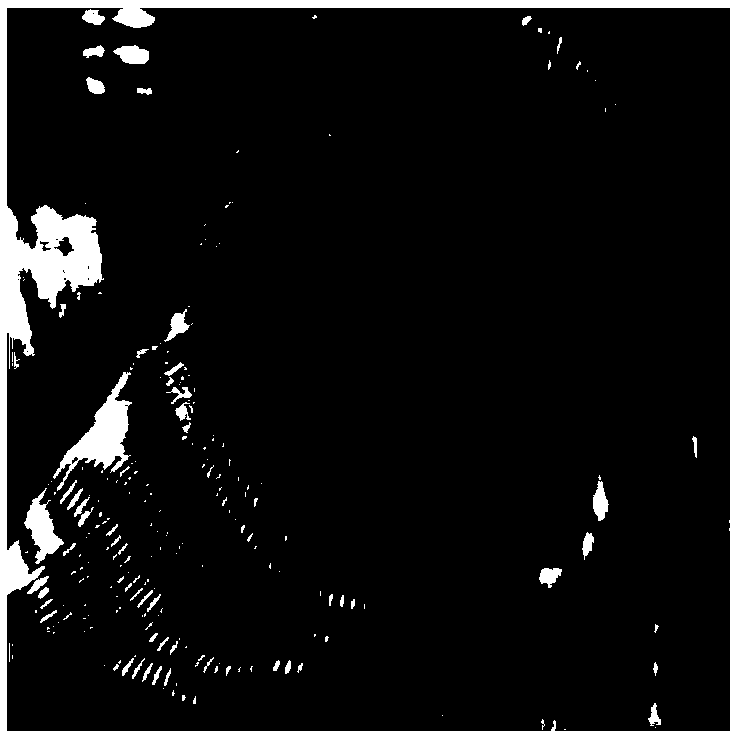An image restoration method based on gradient sparsity and non-local similarity information
A non-local similarity and sparsity technology, applied in image enhancement, image data processing, instruments, etc., can solve problems such as image quality degradation, noise pollution, image understanding and pattern recognition difficulties
- Summary
- Abstract
- Description
- Claims
- Application Information
AI Technical Summary
Problems solved by technology
Method used
Image
Examples
Embodiment
[0120] The present invention provides a two-stage image restoration method combining gradient sparsity and non-local similarity information, which includes an initialization process of an image restoration system and a two-stage image restoration process:
[0121] 1. The initialization process of the image restoration system is:
[0122] (1) Enter a picture size of M 1 ×N 1 Blurred image g, size M 2 ×N 2 Point spread function h, size M 1 ×N 1 Initialize the image to be restored u 0 , Initialize the augmented Lagrangian multiplier J 0 ;
[0123] Where: M 1 ,N 1 Represent the number of rows and columns of the image, respectively, M 2 ,N 2 It respectively represents the number of rows and columns of the point spread function.
[0124] (2) The image restoration system parameters that need to be initialized include: Lagrangian multiplier calculation step parameter ξ = 1, non-local similar block search area size r n ×r n =25×25, non-local similar block size r p ×r p =5×5, gradient sparsity c...
PUM
 Login to View More
Login to View More Abstract
Description
Claims
Application Information
 Login to View More
Login to View More - R&D
- Intellectual Property
- Life Sciences
- Materials
- Tech Scout
- Unparalleled Data Quality
- Higher Quality Content
- 60% Fewer Hallucinations
Browse by: Latest US Patents, China's latest patents, Technical Efficacy Thesaurus, Application Domain, Technology Topic, Popular Technical Reports.
© 2025 PatSnap. All rights reserved.Legal|Privacy policy|Modern Slavery Act Transparency Statement|Sitemap|About US| Contact US: help@patsnap.com



